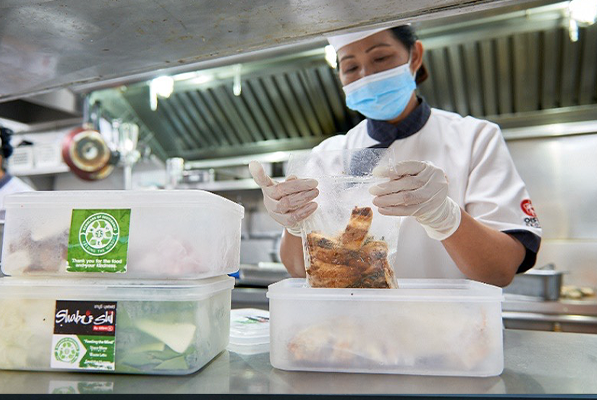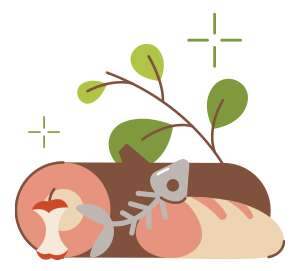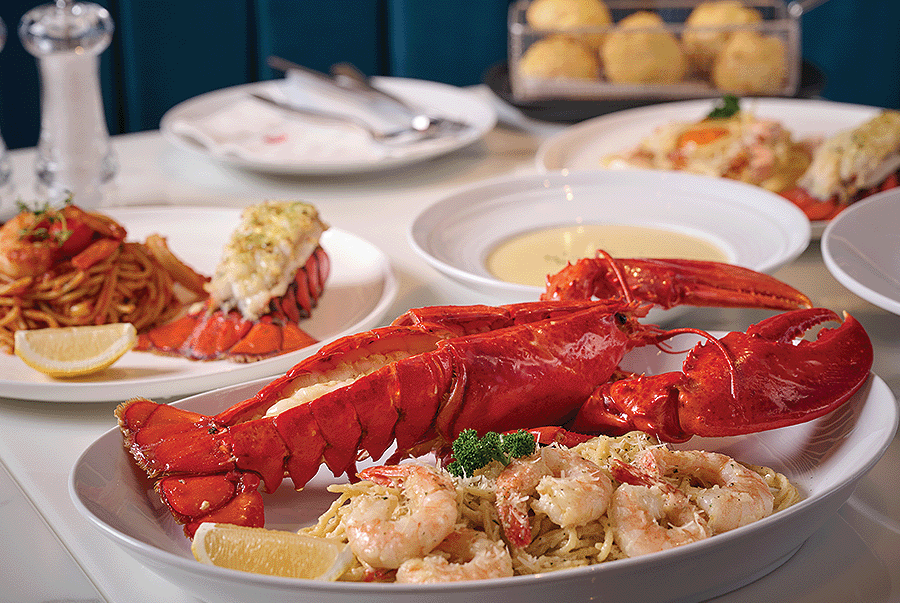

FOOD LOSS AND WASTE








Food Loss and Waste in Food Production Facility and Restaurants
| Details of Food Loss and Waste | Performance in 2024 | % Food Waste to Landfill |
| Total Food Loss and Waste | 3,521.72 tonnes |
49.52% |
| Total Food Loss and Waste Utilized for Alternative Purposes | 1,777.83 tonnes |
|
| Total Food Waste Discarded | 1,743.89 tonnes |

100% of Expired / Rejected Beverage Products (2,432.42 m3) were treated and utilized for alternative purposes.
Remark: Excluding F&N operations